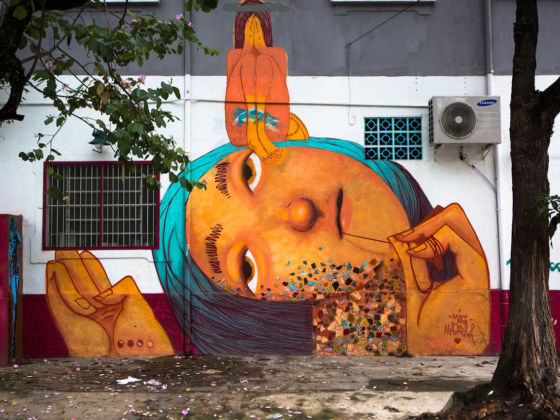São Paulo’s art and culture scenes are as diverse and colorful as its population — which means that there is something for everyone to enjoy, be that football, street art, high art, or the history of Afro-Brazilians. Culture in the city is very accessible, with free entry days at most museums and discounted entry for students and those over the age of 60. For the best the city has to offer in terms of art and culture, follow this guide.
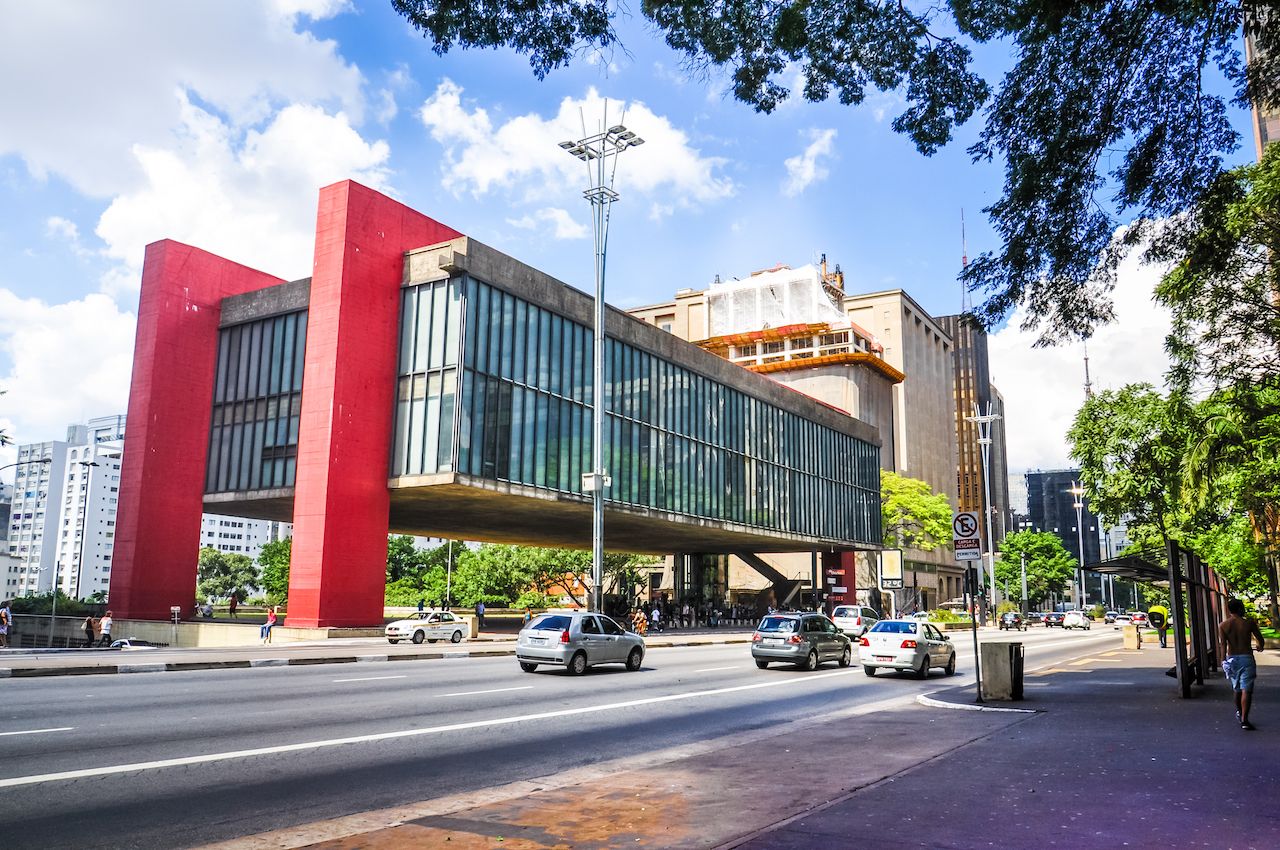
Photo: Luz Rosa/Shutterstock
Museu de Arte de São Paulo (MASP) — MASP, the city’s best art gallery, is located in the middle of the bustling Avenida Paulista. Showcasing work by artists from all around the world, this museum is loved by Paulistanos and tourists alike. The permanent collection, which includes pieces by Van Gogh and Velázquez, is on the top floor, while the bottom floor hosts temporary exhibitions. Admission fee is $9 ($5 for students and those over the age of 60). Entry is free on Tuesdays.
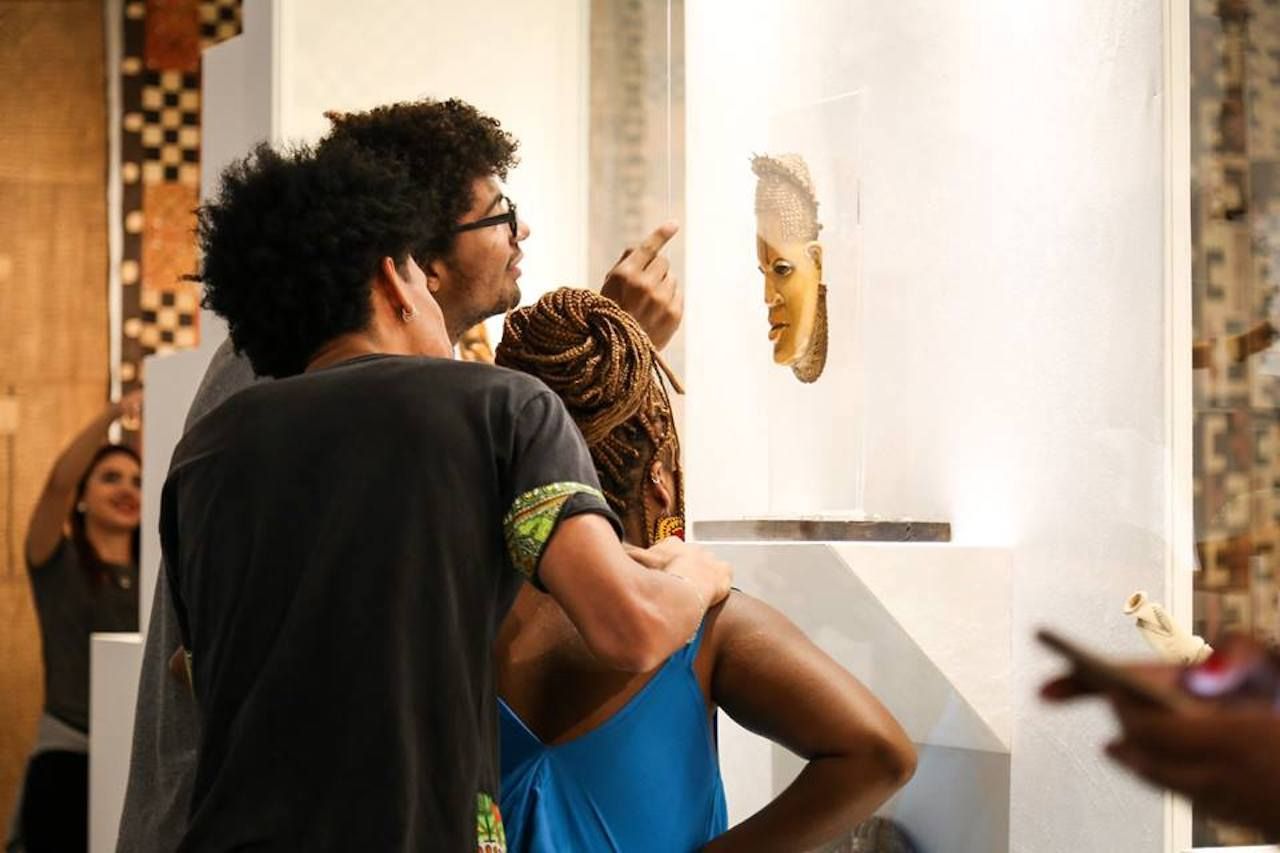
Photo: Museu Afro Brasil/Facebook
Museu Afro-Brasil — The Museu Afro-Brasil, located in Parque Ibirapuera, is an homage to Brazil’s African heritage. The collection at the MAB is enormous and really gives visitors an in-depth insight into African immigration to Brazil and the impact of the slave trade. Entry is $1.50 ($0.75 for students and those over the age of 60). Entry is free on Saturdays.
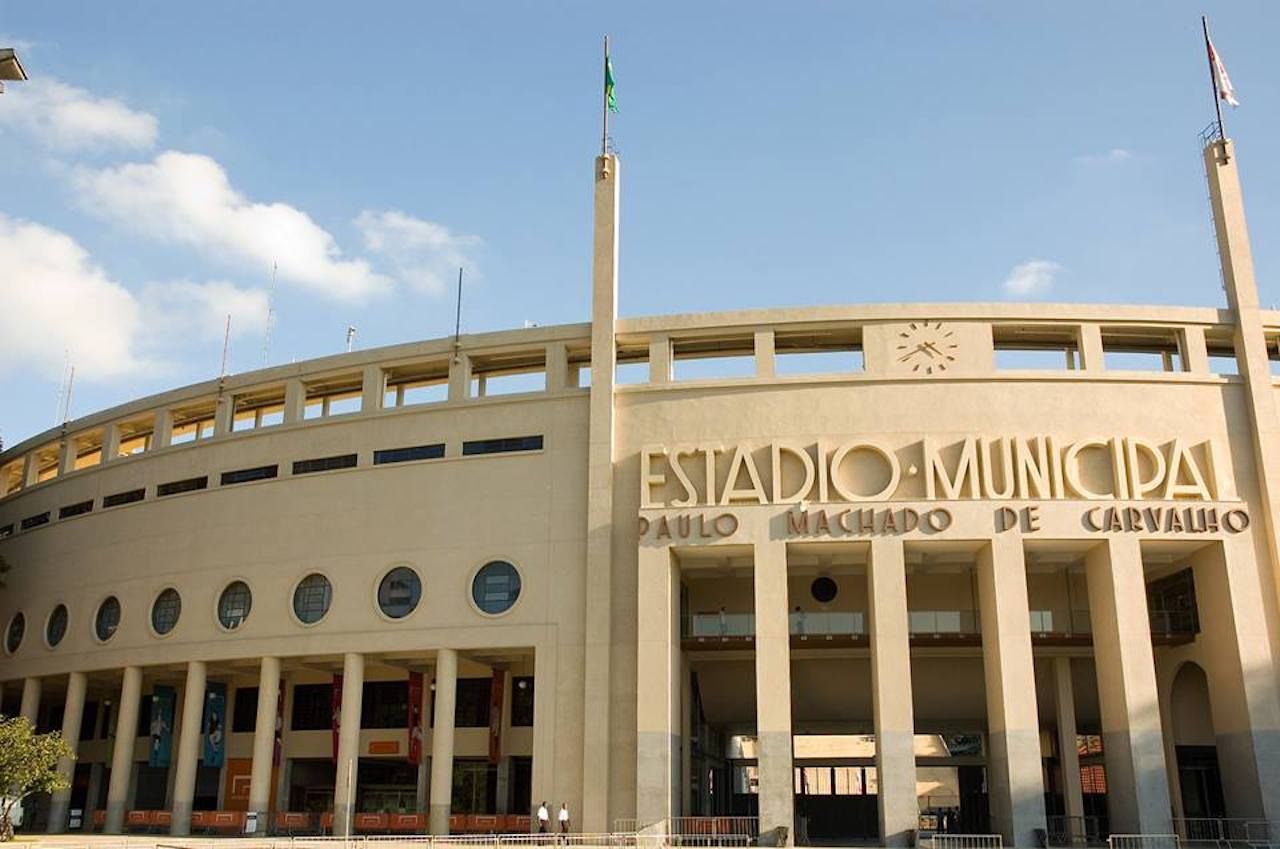
Photo: Museu do Futebol/Facebook
Museu do Futebol — Brazil is a country with a huge passion for football, so much so that it’s even dedicated a museum to it here in São Paulo. The interactive museum is located in an old football stadium and tells the story of the importance of football in Brazil’s history and culture. The museum is mostly photograph- and video-based, but there are also fun areas such as an “interactive penalty shootout zone” where visitors can try their luck at scoring a penalty. The museum hosts temporary exhibitions, such as an exhibition on the World Cup of 1958, the year that Brazil won the cup for the first time. The entry cost is $4 at full price ($2 for students and people over the age of 60). Entry is free on Tuesdays.
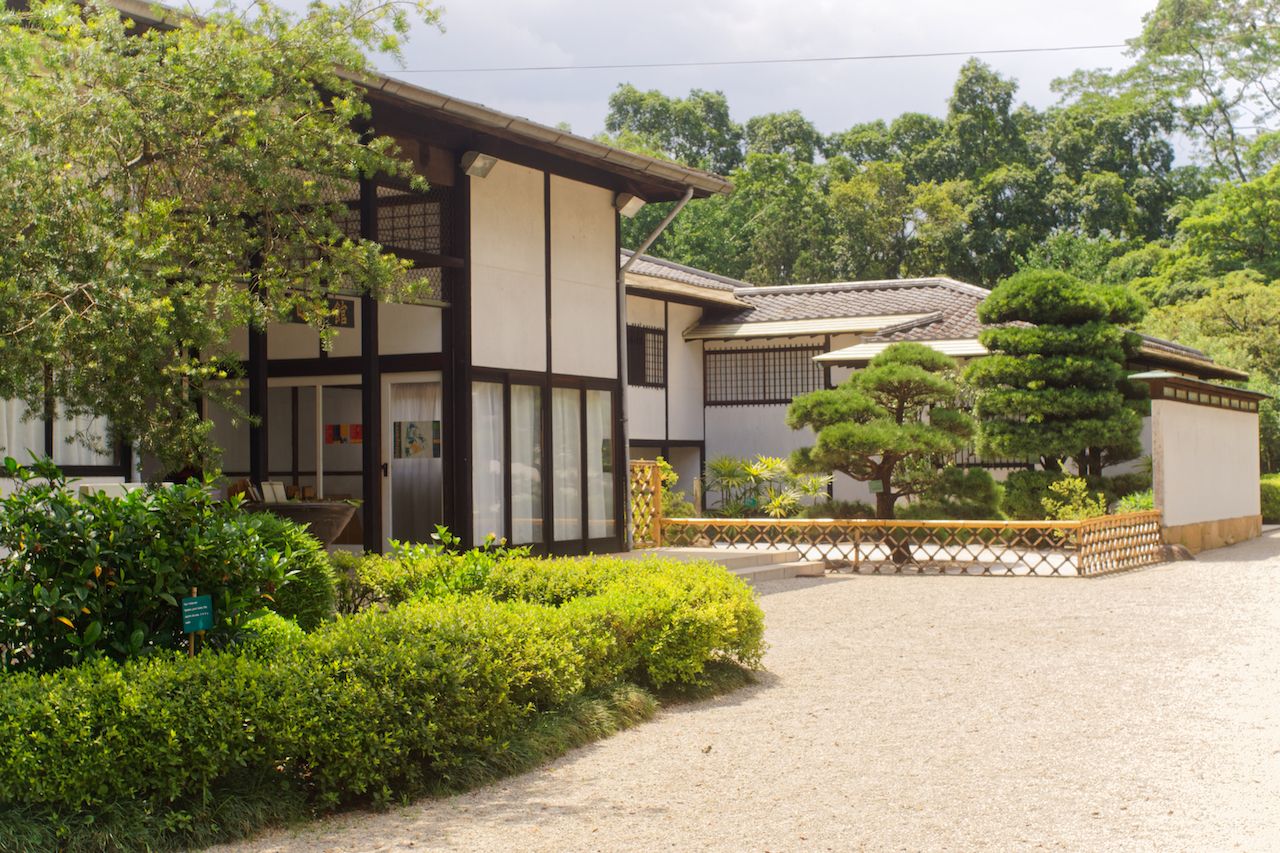
Photo: Roney Lucio/Shutterstock
Pavilhão Japonês — Pavilhão Japonês is a historic Japanese pavilion with beautiful gardens, a carp pond, and a tea room, all hidden away in the immense Parque Ibirapuera. The pavilion is also home to expositions on Japanese culture and history as Japanese immigrants are an integral part of São Paulo’s culture. The pavilion is only open between 10:00 AM and 12:00 PM and 1:00 PM and 5:00 PM on Wednesdays, Saturdays, and Sundays, but it’s worth trying to make it over there if you get the chance. Entry is $2.50.
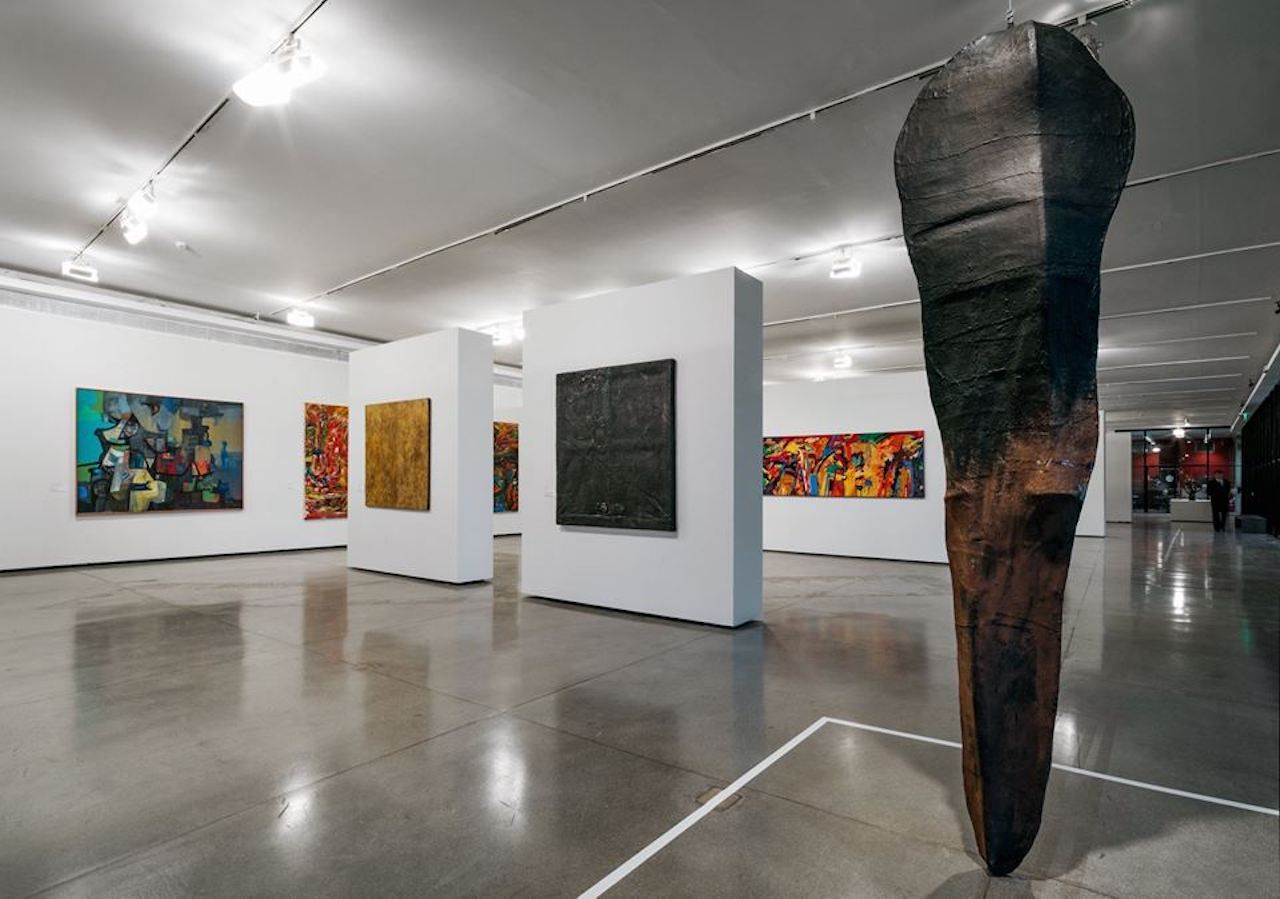
Photo: MAM – Museu de Arte Moderna de São Paulo/Facebook
Museu de Arte Moderna (MAM) — Home to more than 5,000 works of art, most of which are paintings and sculptures, the MAM showcases the works of Brazilian artists like Laura Lima and Vik Muniz, making it an excellent representation of the country’s artistic talent. The main exhibitions are displayed across two rooms and follow an annual schedule divided into four seasons. Every other year, the MAM hosts the Panorama of Brazilian Art, an event that aims to open the Brazilian contemporary art scene to locals and tourists. Admission is $1.90 at full price and $0.90 for students. Entry is free on Saturdays.
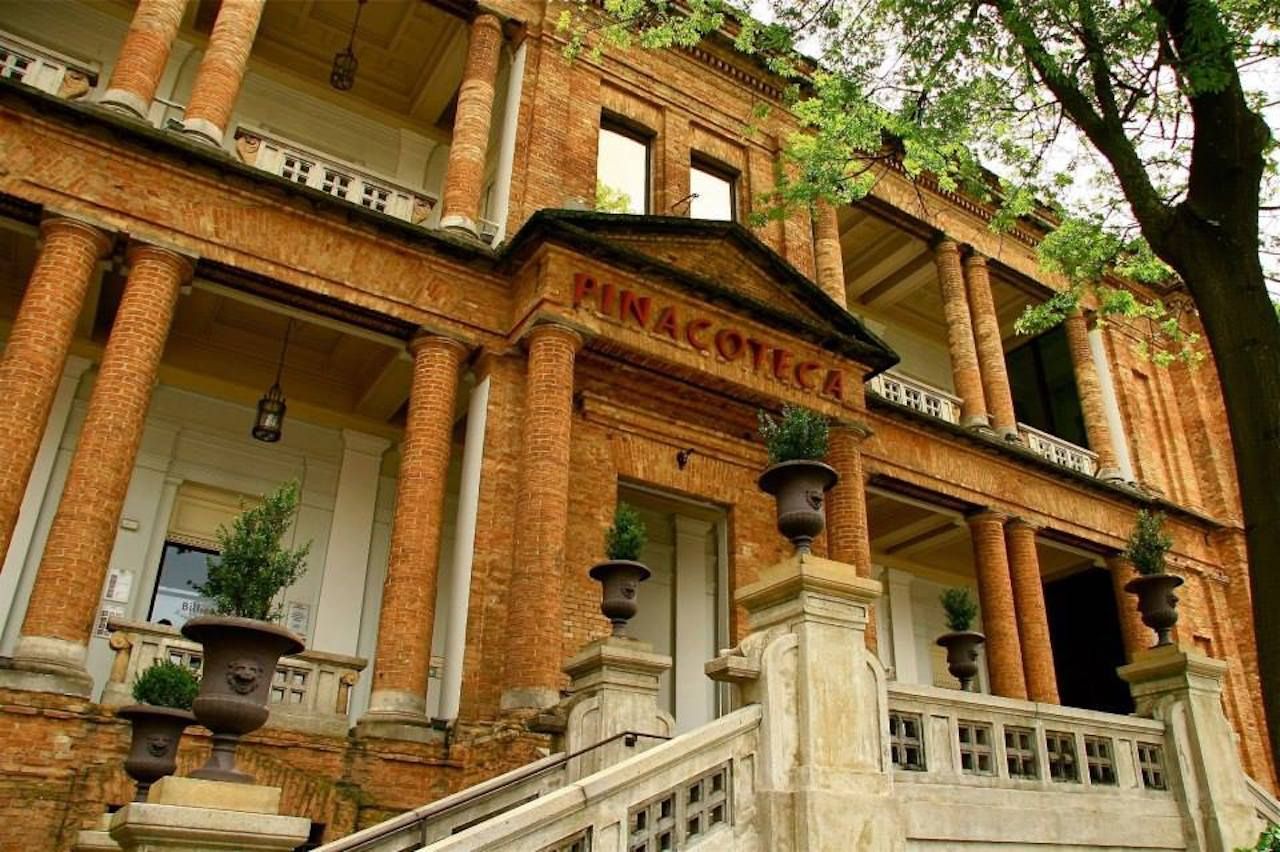
Photo: Pinacoteca de São Paulo/Facebook
Pinacoteca do Estado de São Paulo — Located in the center of São Paulo, the Pinacoteca is a museum of visual arts that focuses on Brazilian art from the 19th century on. It is the city’s oldest art museum, and it’s set in a beautiful building near the Luz metro station. The museum is surrounded by bucolic Parque da Luz and has its own coffee shop on the edge of the park — perfect for a quick break before returning to admire the enormous collection. Entry is $1.50 ($0.75 for students) and free for everyone on Saturdays.
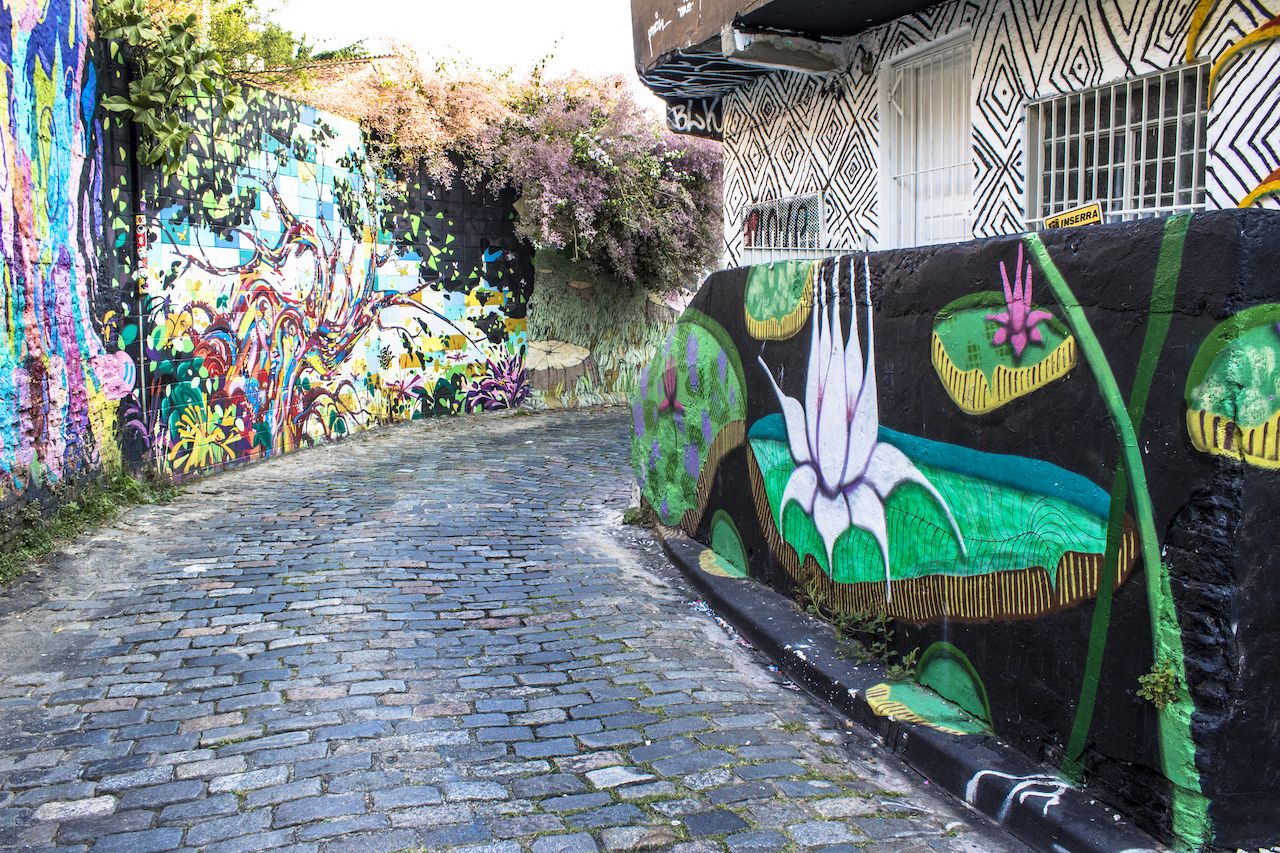
Photo: Alf Ribeiro/Shutterstock
Beco de Batman — São Paulo is renowned for its incredible street art, and Beco de Batman is the best spot to see it. Called Beco de Batman because of a mural depicting Batman hugging Brazilian football legend Pelé, this graffiti-filled area is full of imaginative and striking pieces. Located in Vila Madalena, its colorful and fun backdrops make the place very popular among Instagrammers. At the far end is Isso é Café, a coffee shop with an outdoor area that’s great for relaxing after taking in the sights.
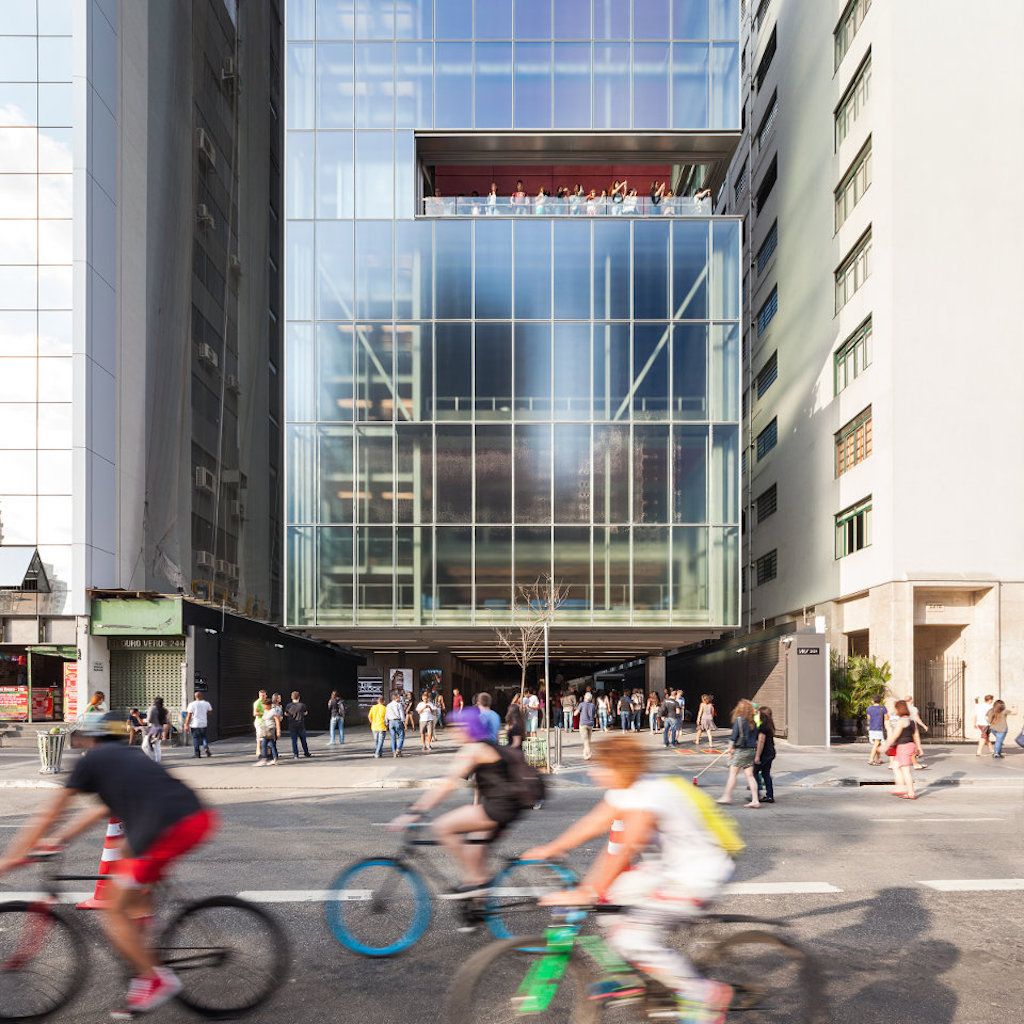
Photo: Pedro Vannucchi/IMS
Instituto Moreira Salles — Just up the street from MASP, Moreira Salles is a cultural center focusing on literature, music, and photography. Admission to its Avenida Paulista location is free, and some of its photography exhibits are well worth checking out. A recent exhibit featured Claudia Andujar’s groundbreaking, and award-winning, portraits of the Yanomami indigenous peoples.
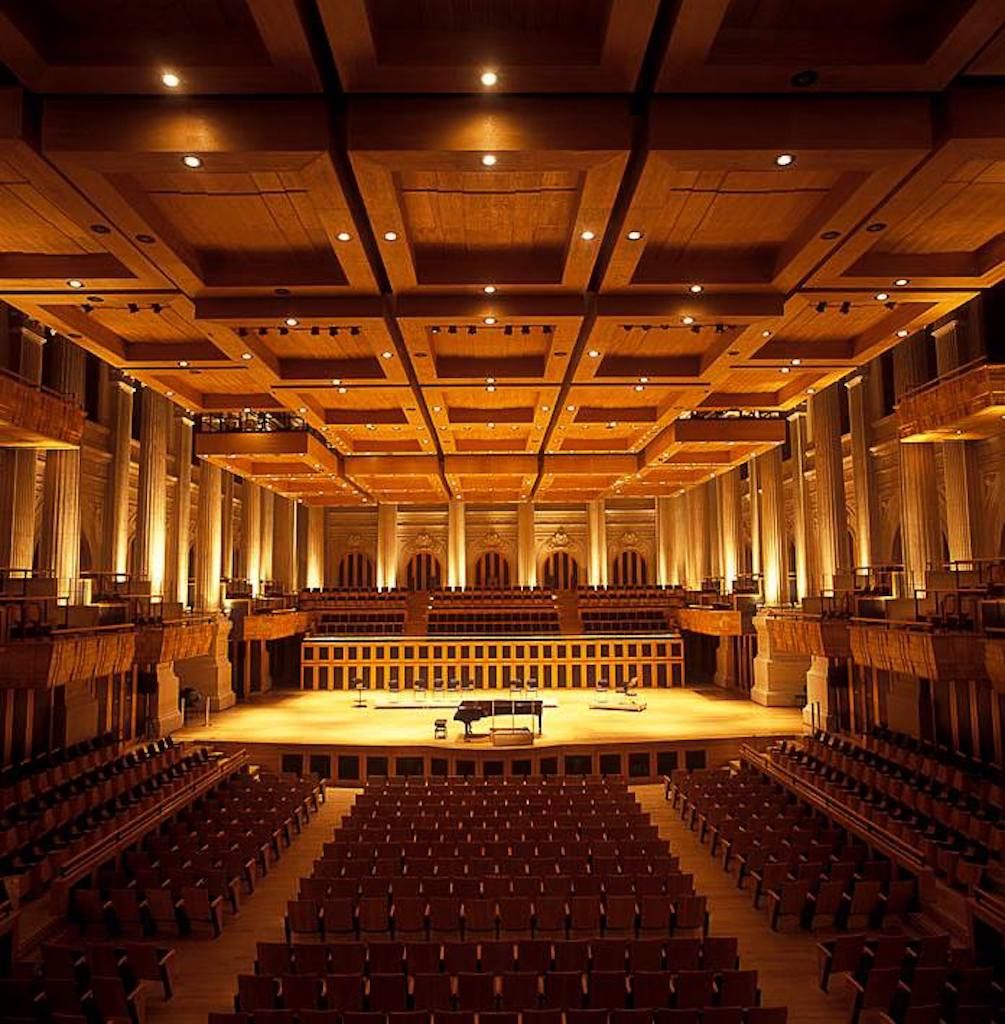
Photo: Sala São Paulo/Facebook
Sala São Paulo — Located in an elegantly refurbished wing of the Julio Prestes Train Station, the stunning Sala São Paulo has a capacity for 1,500 people and is one of the most important cultural centers in the city. The home of the Symphonic Orchestra of the State of São Paulo is said to have some of the best acoustics of any symphony hall. Its orchestra members come from several countries, and performers visit regularly from around the world. It’s a must-visit for those who enjoy classical music, and even for those who don’t, it’s worth dropping by to see as the building itself is an incredible sight.
